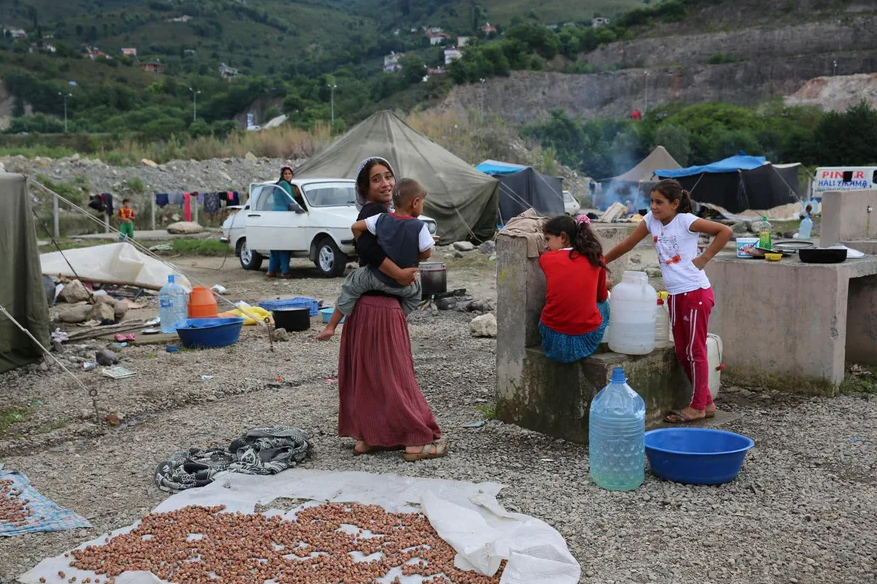Swiss chocolate makers have struggled to eradicate child labour in the hazelnut supply chain originating in the Black Sea region of Turkey. Dominique Soguel The world has witnessed the first rise in child labour in 20 years and the coronavirus crisis threatens to push millions more minors into the same fate, the United Nations said on Thursday. Swiss multinationals from food giant Nestlé to mining titans Glencore and Trafigura have struggled to eradicate child labour from their supply chains and the communities where they work. The issue has brought reputational damage on some occasions and progress on others. In a joint report the International Labour Organization and the UN children’s agency UNICEF on Thursday said the number in child labour stood at 160 million
Topics:
Swissinfo considers the following as important: 3.) Swissinfo Business and Economy, 3) Swiss Markets and News, Featured, Latest News, newsletter
This could be interesting, too:
Nachrichten Ticker - www.finanzen.ch writes Die Performance der Kryptowährungen in KW 9: Das hat sich bei Bitcoin, Ether & Co. getan
Nachrichten Ticker - www.finanzen.ch writes Wer verbirgt sich hinter der Ethereum-Technologie?
Martin Hartmann writes Eine Analyse nach den Lehren von Milton Friedman
Marc Chandler writes March 2025 Monthly

Swiss chocolate makers have struggled to eradicate child labour in the hazelnut supply chain originating in the Black Sea region of Turkey. Dominique Soguel
The world has witnessed the first rise in child labour in 20 years and the coronavirus crisis threatens to push millions more minors into the same fate, the United Nations said on Thursday.
Swiss multinationals from food giant Nestlé to mining titans Glencore and Trafigura have struggled to eradicate child labour from their supply chains and the communities where they work. The issue has brought reputational damage on some occasions and progress on others.
In a joint report the International Labour Organization and the UN children’s agency UNICEF on Thursday said the number in child labour stood at 160 million at the start of 2020. That marks an increase of 8.4 million in four years, with the greatest rise seen in Africa, due to population growth, crises and poverty.
“We are losing ground in the fight against child labour, and the last year has not made that fight any easier,” UNICEF’s executive director Henrietta Fore said in a statement ahead of the World Day Against Child Labour on Saturday.
Covid effect
Children between the ages of five and 11 now account for over half the total global figure. Increased investment in rural development and work in agriculture, a sector that accounts for 70% of child labour, plays a role. The report warns more children are undertaking hazardous work that is likely to harm their health or safety.
“If we look at the impact of Covid-19, this gives us additional reasons for concern,” Claudia Cappa, one of the report’s authors and senior adviser at UNICEF, told the Thomson Reuters Foundation.
The report reflects research undertaken prior to the pandemic. Pandemic-related economic shocks and the closure of schools mean child labourers may now be working longer hours or under tougher conditions. The UN says urgent action is needed to meet the goal of ending the practice by 2025.
The gains made since 2000 – when 246 million children were in work – are at stake. The report warns that the number could rise to 206 million by the end of 2022 if governments introduce austerity measures or fail to protect the vulnerable.
Tags: Featured,Latest news,newsletter








